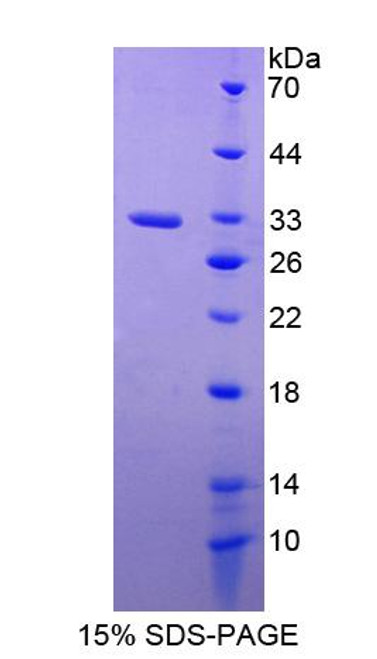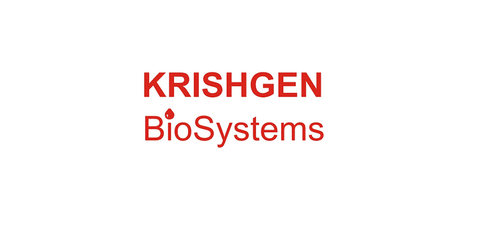Product Description
Rat Palmitoyl-protein thioesterase 1 (PPT1) ELISA Kit | AE26189RA | Abebio
Species Reactivity: Rat (Rattus norvegicus)
Abbreviation: PPT1
Alternative Name: RP11-115D7.2; CLN1; INCL; PPT; ceroid-palmitoyl-palmitoyl-protein thioesterase 1|palmitoyl-protein hydrolase 1
Application: ELISA
Range: 28-1800 pg/mL
Sensitivity: 7 pg/mL
Intra-Assay: ≤4.7%
Inter-Assay: ≤10.2%
Recovery: 0, 99
Sample Type: Serum, Plasma, Other biological fluids
Detection Method: Sandwich
Analysis Method : Quantitive
Test Principale: This assay employs a two-site sandwich ELISA to quantitate PPT1 in samples. An antibody specific for PPT1 has been pre-coated onto a microplate. Standards and samples are pipetted into the wells and anyPPT1 present is bound by the immobilized antibody. After removing any unbound substances, a biotin-conjugated antibody specific for PPT1 is added to the wells. After washing, Streptavidin conjugated Horseradish Peroxidase (HRP) is added to the wells. Following a wash to remove any unbound avidin-enzyme reagent, a substrate solution is added to the wells and color develops in proportion to the amount of PPT1 bound in the initial step. The color development is stopped and the intensity of the color is measured.
Product Overview: PPT1 is a small glycoprotein involved in the catabolism of lipid-modified proteins during lysosomal degradation. The encoded enzyme removes thioester-linked fatty acyl groups such as palmitate from cysteine residues. Defects in this gene are a cause of infantile neuronal ceroid lipofuscinosis 1 (CLN1, or INCL) and neuronal ceroid lipofuscinosis 4 (CLN4) . Two transcript variants encoding different isoforms have been found for this gene. The cDNA predicted a 306-amino acid polypeptide that contains a 25-amino acid signal peptide, 3 N-linked glycosylation sites, and consensus motifs characteristic of thioesterases. Northern blot analysis revealed ubiquitous expression of a single 2.5-kb mRNA, with highest expression in lung, brain, and heart.
Stability: The stability of ELISA kit is determined by the loss rate of activity. The loss rate of this kit is less than 5% within the expiration date under appropriate storage condition. The loss rate was determined by accelerated thermal degradation test. Keep the kit at 37°C for 4 and 7 days, and compare O.D.values of the kit kept at 37°C with that of at recommended temperature. (referring from China Biological Products Standard, which was calculated by the Arrhenius equation. For ELISA kit, 4 days storage at 37°C can be considered as 6 months at 2 - 8°C, which means 7 days at 37°C equaling 12 months at 2 - 8°C) .
 Euro
Euro
 USD
USD
 British Pound
British Pound
 NULL
NULL












